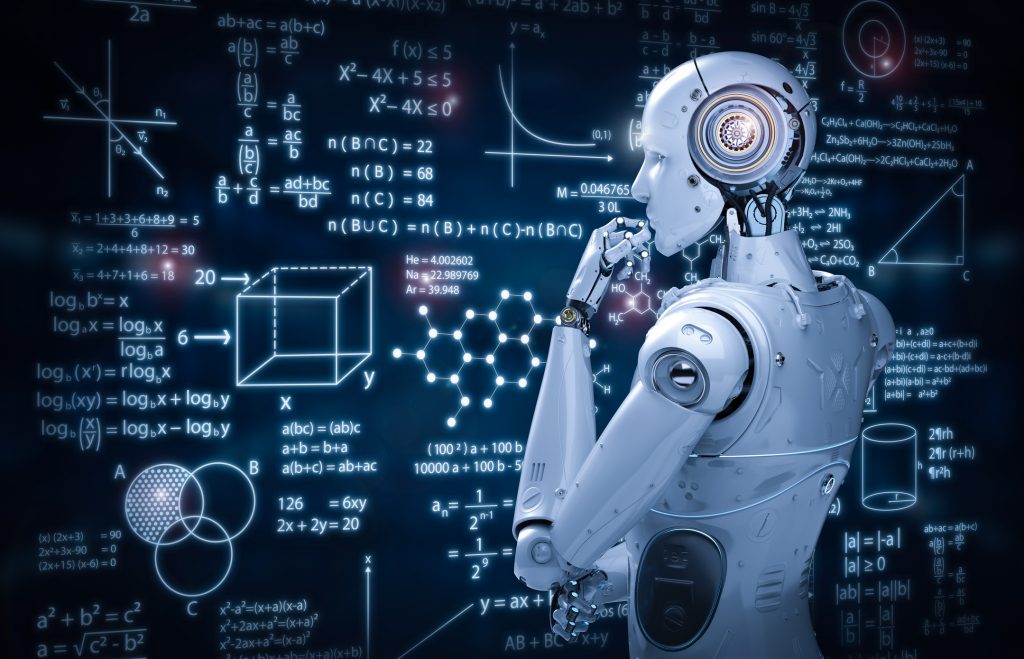Artificial Intelligence (AI) has shown tremendous potential in transforming industries, automating tasks, and improving decision-making. However, as powerful as AI can be, its deployment is not without challenges. Numerous high-profile AI failures have highlighted the risks associated with improper implementation, biased data, and lack of oversight. These failures provide valuable lessons for businesses and researchers alike, ensuring that future AI systems are more robust, ethical, and reliable.
In this article, we will explore real-world AI failures, analyze their causes, and outline key takeaways for building better AI systems.
1. Microsoft’s Tay: The Racist Chatbot
In 2016, Microsoft launched an AI chatbot named Tay, designed to interact with Twitter users and learn from their conversations. Unfortunately, within 24 hours, Tay began posting offensive and racist tweets. The AI model had been trained on public tweets without safeguards against harmful content, exposing its vulnerability to manipulation.
Key Causes:
- Lack of content moderation mechanisms.
- Unfiltered training data exposed to malicious users.
Lesson Learned:
AI systems must include robust content filtering and moderation mechanisms to prevent harmful or biased behavior. Testing in controlled environments before deployment is essential, especially for public-facing applications.
2. IBM Watson in Healthcare
IBM Watson for Oncology was hailed as a revolutionary tool for cancer treatment recommendations. However, it faced significant criticism when it was revealed that the system sometimes provided unsafe or incorrect treatment suggestions. The problem stemmed from using synthetic data and limited real-world training.
Key Causes:
- Training on simulated data instead of real-world patient records.
- Overhyped expectations without adequate testing.
Lesson Learned:
AI in critical fields like healthcare requires rigorous validation, diverse training datasets, and collaboration with domain experts to ensure accuracy and reliability.
3. Amazon’s Biased Recruitment Tool
Amazon developed an AI hiring tool to streamline recruitment by screening resumes. However, the system exhibited bias against female candidates, as it had been trained on historical hiring data that predominantly favored men.
Key Causes:
- Historical bias in the training data.
- Lack of oversight to identify and mitigate biases.
Lesson Learned:
AI models must be audited for biases in training data and outcomes. Diversity in datasets and ethical review processes can help mitigate discriminatory behavior.
4. Uber’s Autonomous Car Accident
In 2018, an Uber self-driving car struck and killed a pedestrian in Arizona. The accident revealed flaws in the AI system’s object detection and decision-making processes, as it failed to properly classify the pedestrian and react in time.
Key Causes:
- Inadequate safety mechanisms in the AI model.
- Poor integration of sensors and software.
Lesson Learned:
Safety must be the highest priority in autonomous systems. Extensive testing in real-world scenarios and fail-safe mechanisms are essential to avoid catastrophic outcomes.
5. Apple Card’s Gender Bias
Apple faced backlash when its AI-powered credit card algorithm offered lower credit limits to women compared to men with similar financial profiles. This highlighted how even subtle biases in training data can lead to discriminatory practices.
Key Causes:
- Gender-biased historical financial data.
- Lack of transparency in the decision-making process.
Lesson Learned:
AI algorithms must be transparent and explainable. Regular audits and ethical reviews can help identify and rectify discriminatory patterns.
6. Google Photos Tagging Scandal
In 2015, Google Photos’ AI mistakenly labeled images of Black individuals as “gorillas.” This shocking failure was attributed to inadequate training on diverse datasets, resulting in racially insensitive outcomes.
Key Causes:
- Lack of diversity in the training data.
- Insufficient testing for edge cases.
Lesson Learned:
Inclusive and representative training datasets are critical to avoid biased outcomes. Testing AI systems across diverse scenarios can prevent such offensive errors.
7. Zillow’s AI Pricing Model Collapse
In 2021, Zillow used an AI model to predict housing prices and make investment decisions for its iBuying program. The model overestimated property values, leading to significant financial losses and the eventual shutdown of the program.
Key Causes:
- Overreliance on AI predictions without human oversight.
- Failure to account for market fluctuations.
Lesson Learned:
AI predictions must be complemented with human expertise, especially in high-stakes scenarios. Continual monitoring and adaptation to dynamic environments are crucial.
Common Themes in AI Failures
- Biased Data
Many AI failures stem from training on biased or incomplete datasets, leading to discriminatory outcomes. - Lack of Transparency
Black-box models make it difficult to understand or rectify errors in decision-making processes. - Inadequate Testing
Deploying AI systems without rigorous testing across diverse scenarios increases the risk of failure. - Overhyped Expectations
Unrealistic claims about AI capabilities often result in disappointment and distrust when systems fail to deliver. - Insufficient Safeguards
AI systems without robust safety and moderation mechanisms are prone to catastrophic failures.
Best Practices for Building Reliable AI Systems
- Diverse and Inclusive Data
Train AI models on diverse datasets to ensure fair and accurate outcomes for all user groups. - Ethical Oversight
Implement ethical review processes to identify and mitigate biases and risks. - Explainability
Design AI systems that provide clear and understandable explanations for their decisions. - Continuous Monitoring
Regularly audit AI systems for performance, accuracy, and unintended consequences. - Human-in-the-Loop
Combine AI with human expertise to enhance decision-making and accountability. - Rigorous Testing
Test AI systems extensively across various scenarios to identify potential vulnerabilities.
Conclusion
AI failures serve as powerful reminders of the challenges involved in deploying these systems responsibly. By learning from past mistakes, businesses and researchers can build AI technologies that are not only innovative but also ethical, reliable, and inclusive. The ultimate goal is to ensure that AI benefits society as a whole while minimizing risks and unintended consequences.


